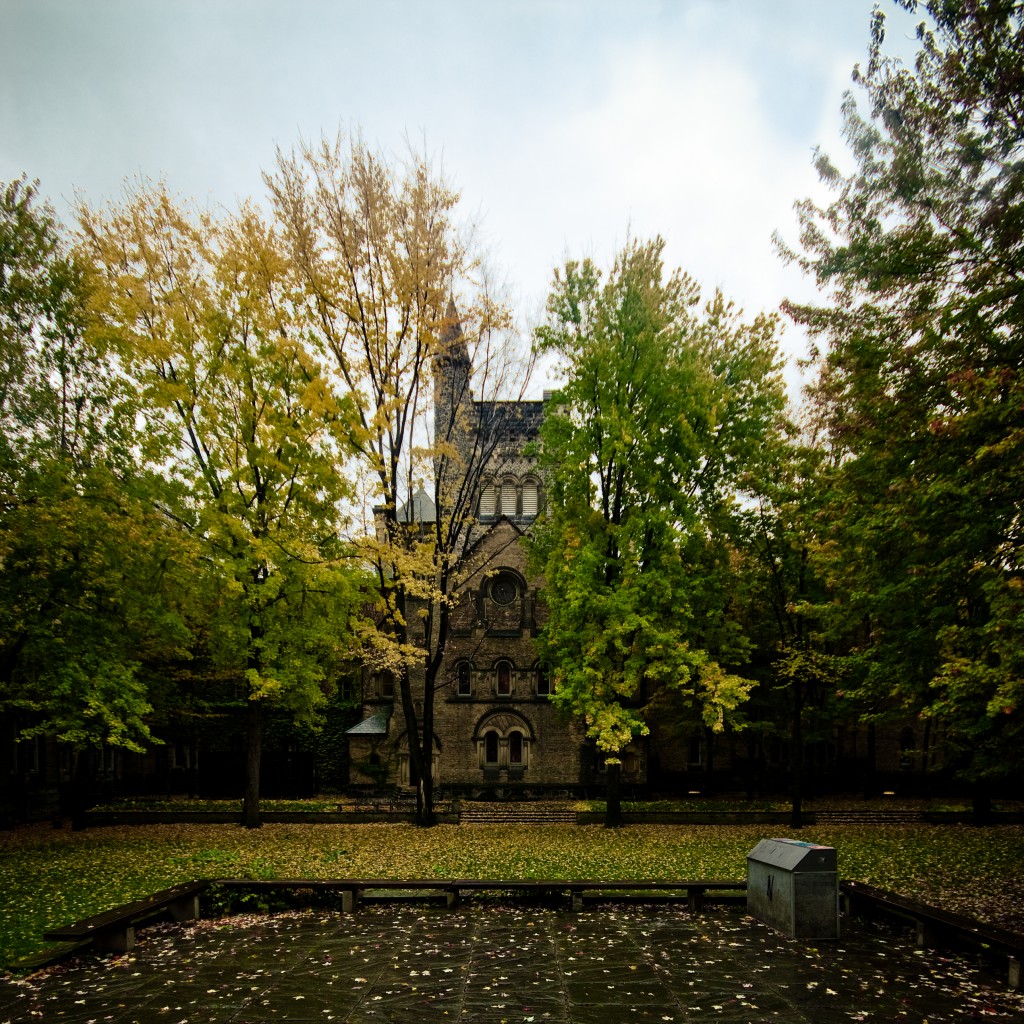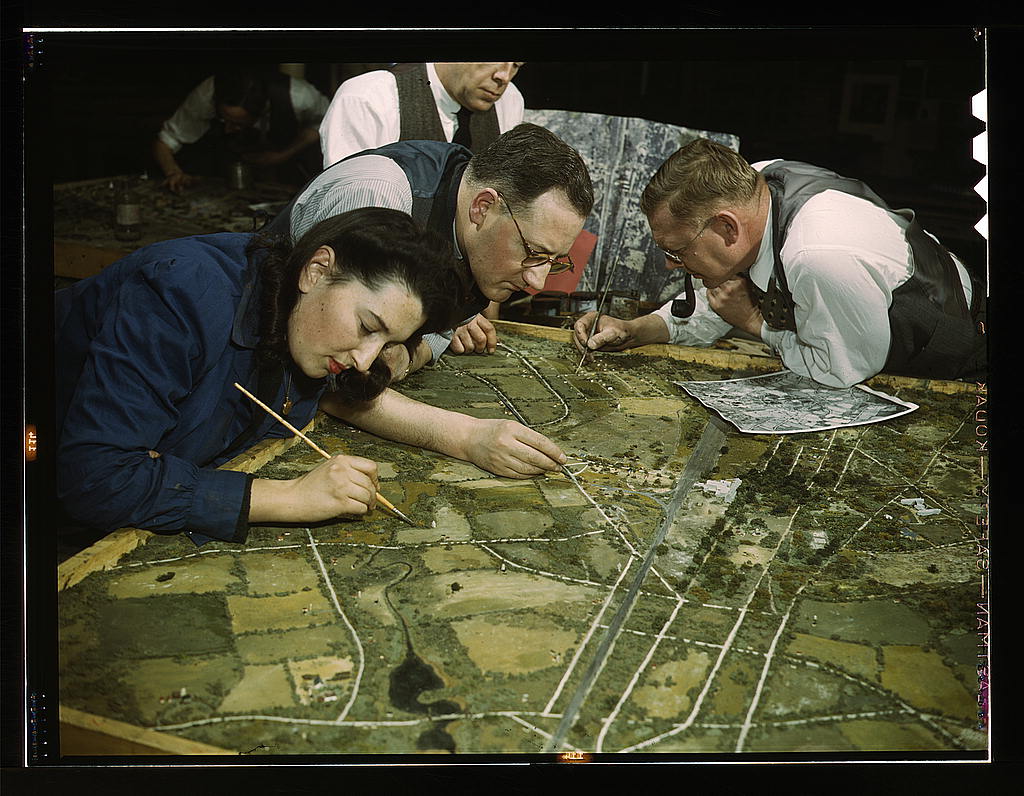What is your earliest memory of UofT?

In my last year of highschool, a family friend drove me to Toronto to show me around campus. When we arrived, he yanked my campus map from my hands: “Don't worry. I’ll point out the buildings as we drive past”, he said, as he slowly pushed the gas pedal to the floor.
Picture this: A little old man speeding around Queen’s Park in a car as old as he is, his bespeckled head barely peeking over the steering wheel, his hands throwing gestures at buildings in every direction (often multiple directions at once), and his lips spitting out UofT factoids faster than most auctioneers can rap. Sounds dangerous, right? Meanwhile, in the passenger seat, a young teenager struggles to get a glimpse of the campus, without falling out of the careening vehicle. If this happened in the 1920s, it might look something like this:
His driving was as undirected as it was reckless: we drove from Hart House to New College, to Robarts, to Vic, to Trin, and around, and around, and around again. The tour gave me no sense of the layout of the campus, and I felt nothing but lost and confused.
Now don’t run off to patent a new theme park ride based on my harrowing adventures just yet; there’s a moral to this story. (But, we’ll get to that in a bit.)
Two weeks into first year, I was feeling lost again. Already, the first midterms were looming, and I was… well… freaking out. The professors had led me into new territories, pointing out so many new things to learn and to memorize. They ran through numbers and thinkers and concepts and equations without pause. Just like in the car, I couldn’t make sense of anything; it all flew by me before I could see how it fit together. I was dizzy and I was lost. Sound familiar?

What I needed then, just like I needed it in the car, was a map. Many of my classes were oversaturated with information: it seemed impossible (and useless) to commit everything to memory. I was “dumping” information out of my head as soon as a test was over, and forgetting whole courses as soon as they were done. Why? Because there was no apparent meaning to any course content: the facts lingered, disconnected, with no obvious purpose or application to the real world.
Professors have a lot of information to teach, and sometimes it's up to us to make sense of it all: to map out how concepts and ideas and people relate to each other, and the connections between them. Pieces of information alone can begin to shape a narrative, but it's in connecting and relating those bits that we begin to see the plot. Not only can this help us to memorize and to understand content, but I find it also makes things more interesting to learn.
So, what comes out of all of this? Well, if you're feeling lost, try creating your own maps, literally! Free software helps you make mindmaps, and see how ideas can connect. But you can also make connections without maps: just grab some friends and brainstorm ways in which the different pieces of information can relate to one-another. However you do it, try to find meaning in the information you're given. Trust me, it's worth it.
And always wear your seat belt.
0 comments on “Getting ready to study? There’s a map for that!”